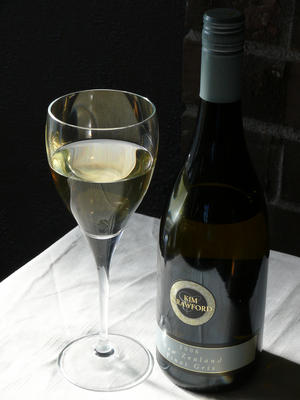
Franco-Venetian Cuisine
What to Eat in Venice: Fegato alla Veneziana, or Venetian-style Calf’s Liver with Caramelized Onions
Many say this is the ultimate Venetian specialty, but considering that Venetians eat mainly fish, one could easily argue that point. A good fegato can be the highlight of a day or weekend, however.
Everyone loves caramelized onions, but some people dislike even the idea of eating liver. Calf’s liver is finer than beef or chicken, and when it’s topped with sweet onions, it is indeed a highly refined dish.
You’ll see the influence of my background in French cuisine; I went a bit heavy on the white wine when deglazing the pan, but it renders a succulent sauce.
One of the crucial elements to the success of this dish is that the liver be of exceptional quality and thinly sliced. Thick slabs simply don’t work and take away from the refined aspect of this dish.
Another secret is to slow cook the onions and to just seize the liver, no more. If you cook it more and on slow heat, it will become leathery.
Recipe
Ingredients
400 g onions
3-4 tablespoons olive oil
400 g calf’s liver cut in extra-thin slices
1-2 cups white wine
Salt and pepper to taste
Italian parsley, chopped
Skillet large enough to spread liver in a single layer
White polenta
|
|
















 Chocolate Raspberry Cake
Chocolate Raspberry Cake


















